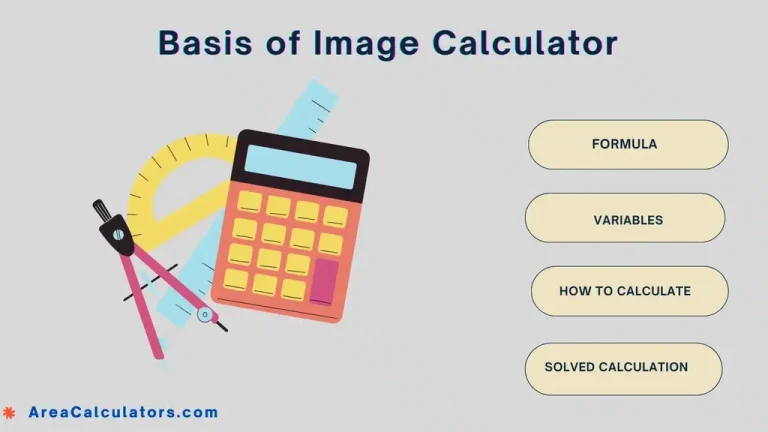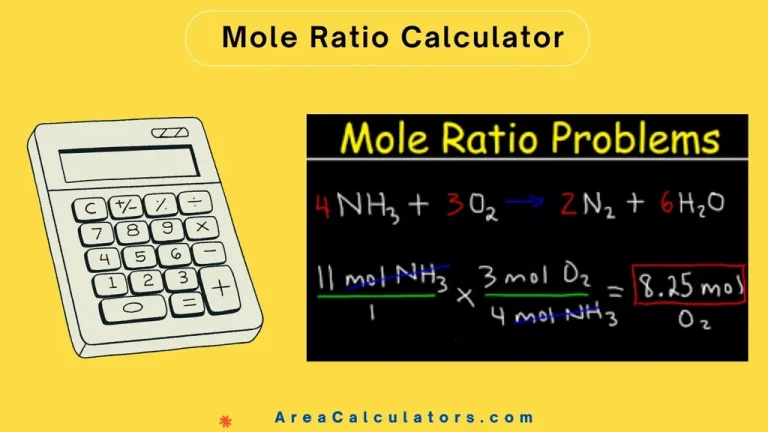Gust Factor Calculator
To calculate the gust factor, subtract the sustained wind speed (SWS) from the gust wind speed (GWS). This measure helps determine wind variability and its impact on structures and aviation safety.
The Gust Factor Calculator is an essential tool for engineers, meteorologists, and aviation professionals. It quantifies the difference between gust wind speed and sustained wind speed, providing insights into wind turbulence and variability.
Understanding the gust factor is crucial for designing wind-resistant structures, assessing flight safety, and evaluating weather-related risks. By simplifying this complex calculation, the Gust Factor Calculator enhances accuracy and saves time in weather analysis and structural design.
Formula
GF = GWS − SWS
| Variable | Description | Unit |
|---|---|---|
| GF | Gust Factor | mph (or km/h) |
| GWS | Gust Wind Speed | mph (or km/h) |
| SWS | Sustained Wind Speed | mph (or km/h) |
Solved Calculations
Example 1: Calculate the gust factor for a gust wind speed of 40 mph and a sustained wind speed of 25 mph.
| Step | Calculation | Result |
|---|---|---|
| Subtract SWS from GWS | 𝑮𝑭 = 40 − 25 | 15 mph |
Example 2: Find the gust factor for a gust wind speed of 60 km/h and a sustained wind speed of 45 km/h.
| Step | Calculation | Result |
|---|---|---|
| Subtract SWS from GWS | 𝑮𝑭 = 60 − 45 | 15 km/h |
What is the Gust Factor Calculator?
The Gust Factor Calculator is a specialized tool used to estimate the ratio of peak wind gusts to average wind speeds over a defined period.
This calculator is essential in fields such as aviation, structural engineering, and meteorology, where understanding the impact of gusts is crucial for safety and design.
By using inputs such as average wind speed and peak gust values, the calculator applies the gust factor formula to compute the gust factor.
It helps determine the gust effect factor for structures, ensuring they can withstand wind-induced forces. Professionals often refer to standards like ASCE 7-16 for accurate modeling.
Additionally, it is beneficial for evaluating wind conditions in aviation to predict turbulence and adjust flight operations.
Final Words:
In summary, the Gust Factor Calculator simplifies complex wind analysis, aiding in safety planning and structural resilience. Whether for wind load assessments or aviation operations, it ensures precise calculations, enhancing decision-making in wind-related scenarios.





